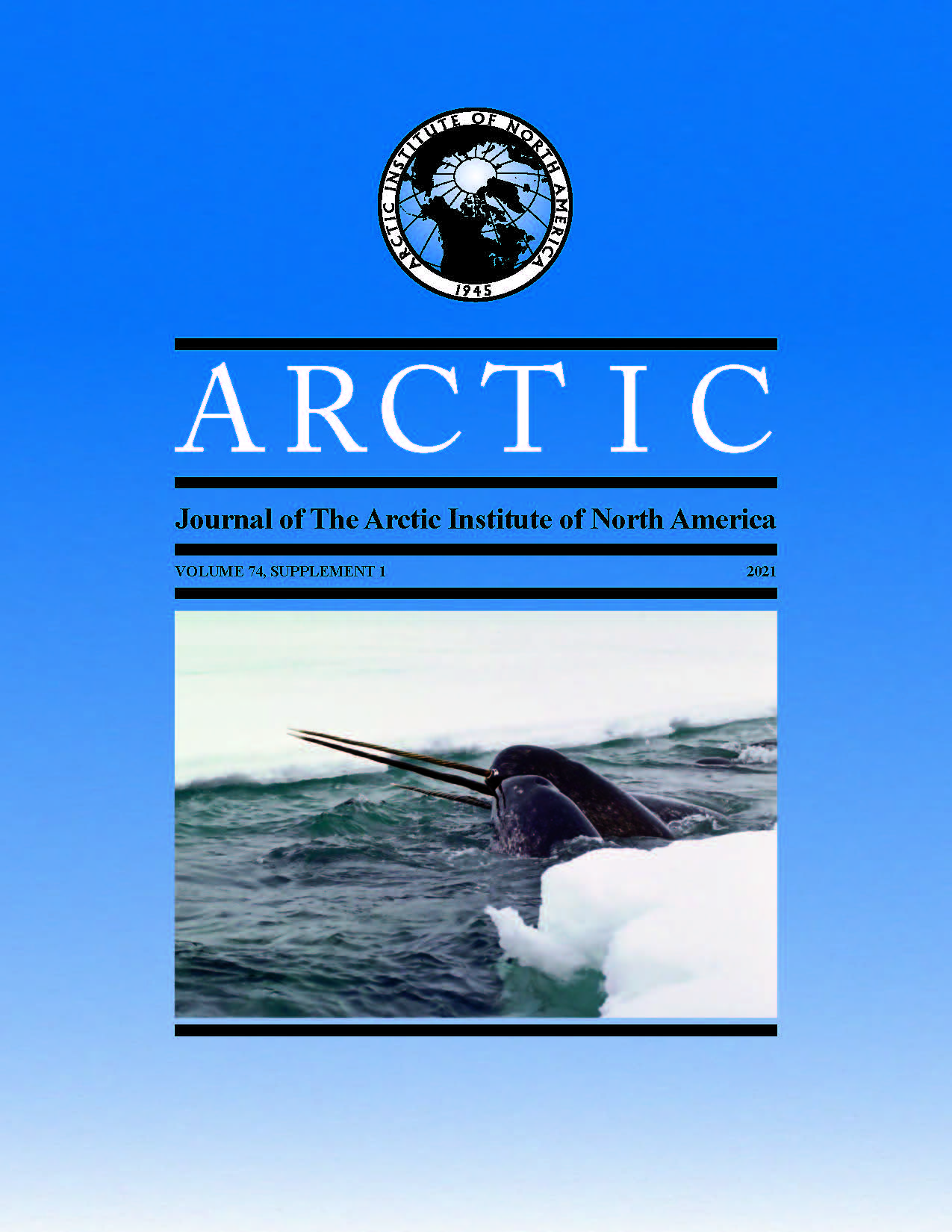Isumaqatigingniq: Building a Transformational Science Education Model to Engage the Next Generation of Inuit and Western Scientific Investigators
DOI:
https://doi.org/10.14430/arctic73779Keywords:
Arctic; Inuit; Isuma; Isumaqatigingniq; STEM; United Nations; sustainable goals; environment; Qaujimajatuqangit; education; narwhalAbstract
Inuit Qaujimajatuqangit (IQ), “the Inuit way of knowing,” and science each approach observation of the natural and physical world from shared yet different epistemologies. Studies that integrate IQ and science demonstrate the inherent value of using observations and findings from both to understand Arctic systems. Yet holders of IQ and scientists often do not fully comprehend the practice of the other because they think and approach observation and knowledge differently. Using the concept of Isumaqatigingniq, or “thinking together,” we will form an educational program, Isumaqatigingniq-Science, Technology, Engineering and Mathematics, (I-STEM), that will highlight and integrate studies of the narwhal and the Arctic environment undertaken with contributions from IQ and science. Program outreach will target high school students from both Inuit and non-Inuit backgrounds. Understanding existing efforts that combine these knowledge frames will hopefully inspire future collaborations by these groups. Learning through I-STEM will better equip students to address scientific themes that design, optimize, and implement collaborative observation systems. Inuit and scientific research efforts are essential for a deeper understanding of the Arctic environment. Implementing an active educational program that engages high school youth to understand the value of incorporating these two ways of knowing will help foster a future educational environment of collaboration. The educational I-STEM model will bring a new Inuit perspective to formal scientific education programs and share perspectives of science and Inuit knowledge within Inuit educational programs. Isumaqatigingniq can continue growing, incorporating new perspectives on Arctic observations and knowledge.
Downloads
Published
Issue
Section
License
Copyright (c) 2021 ARCTIC

This work is licensed under a Creative Commons Attribution 4.0 International License.


